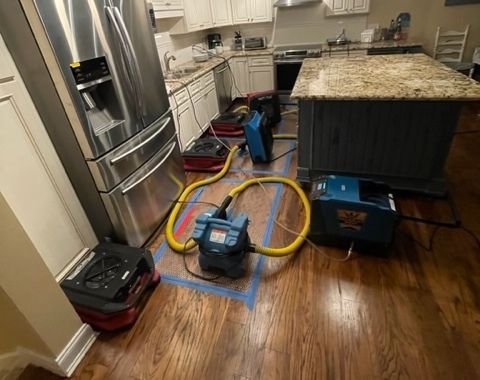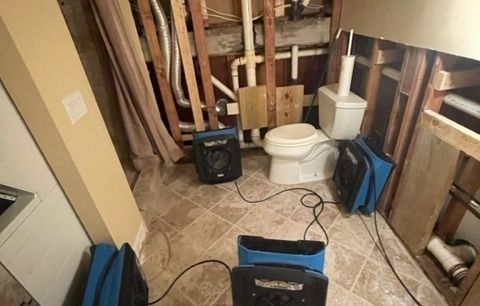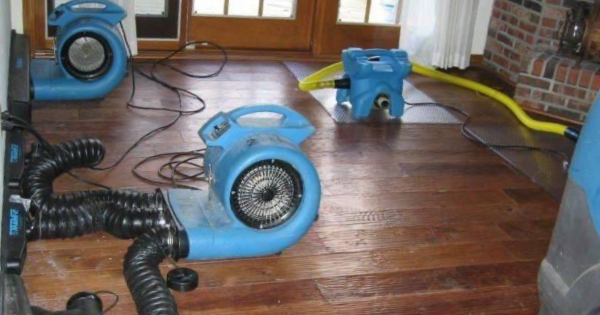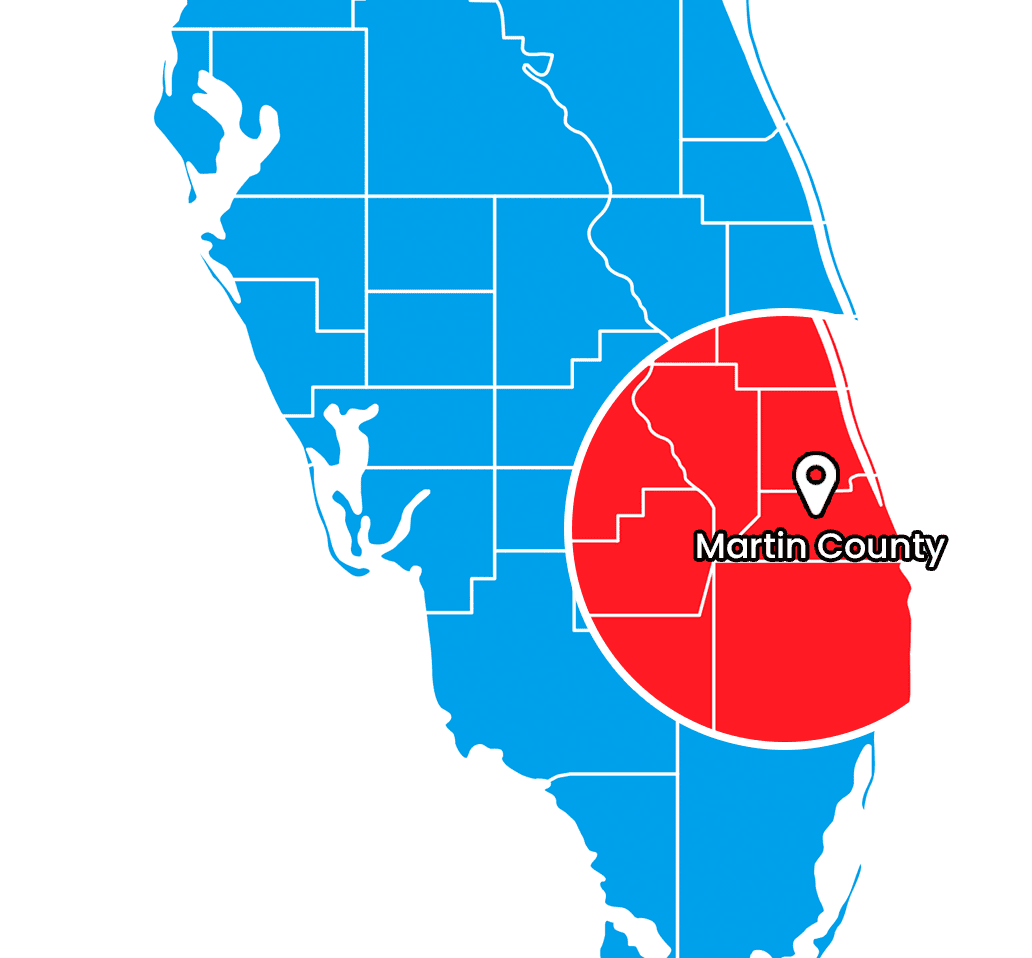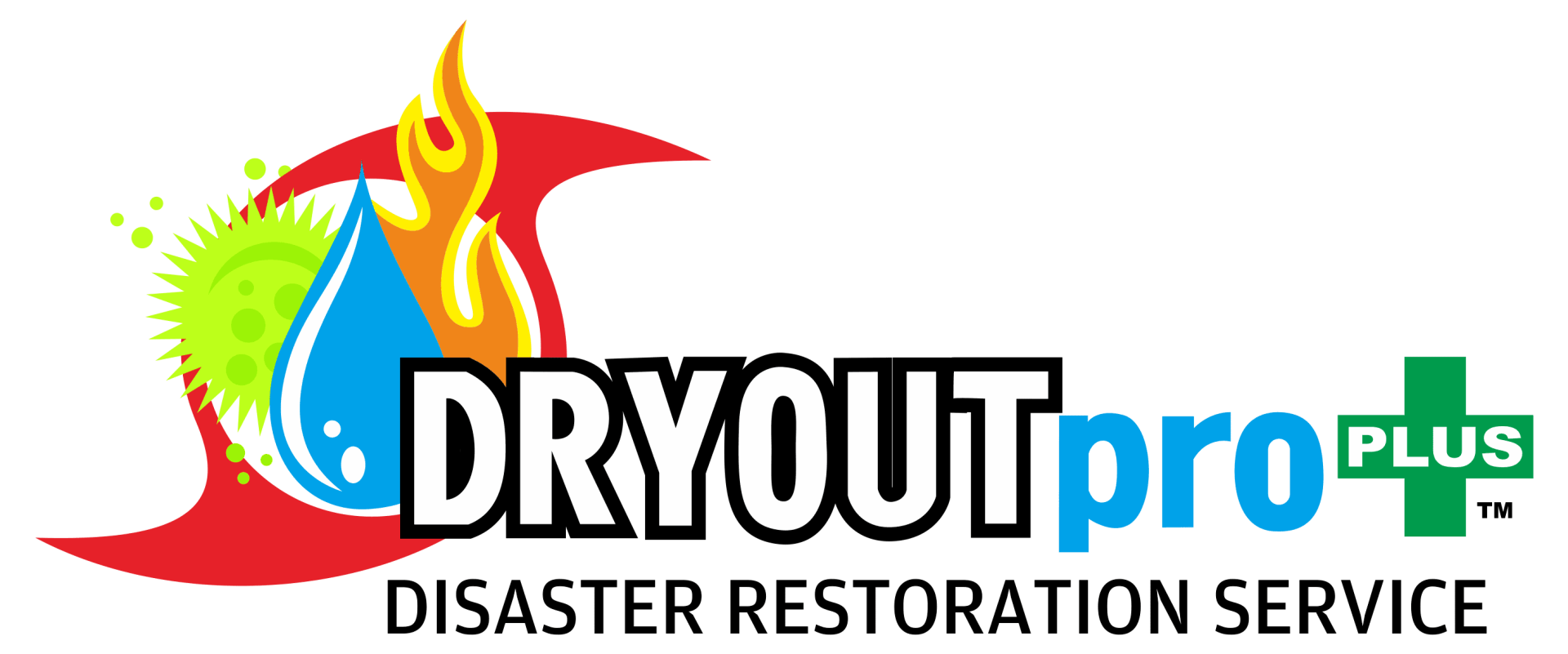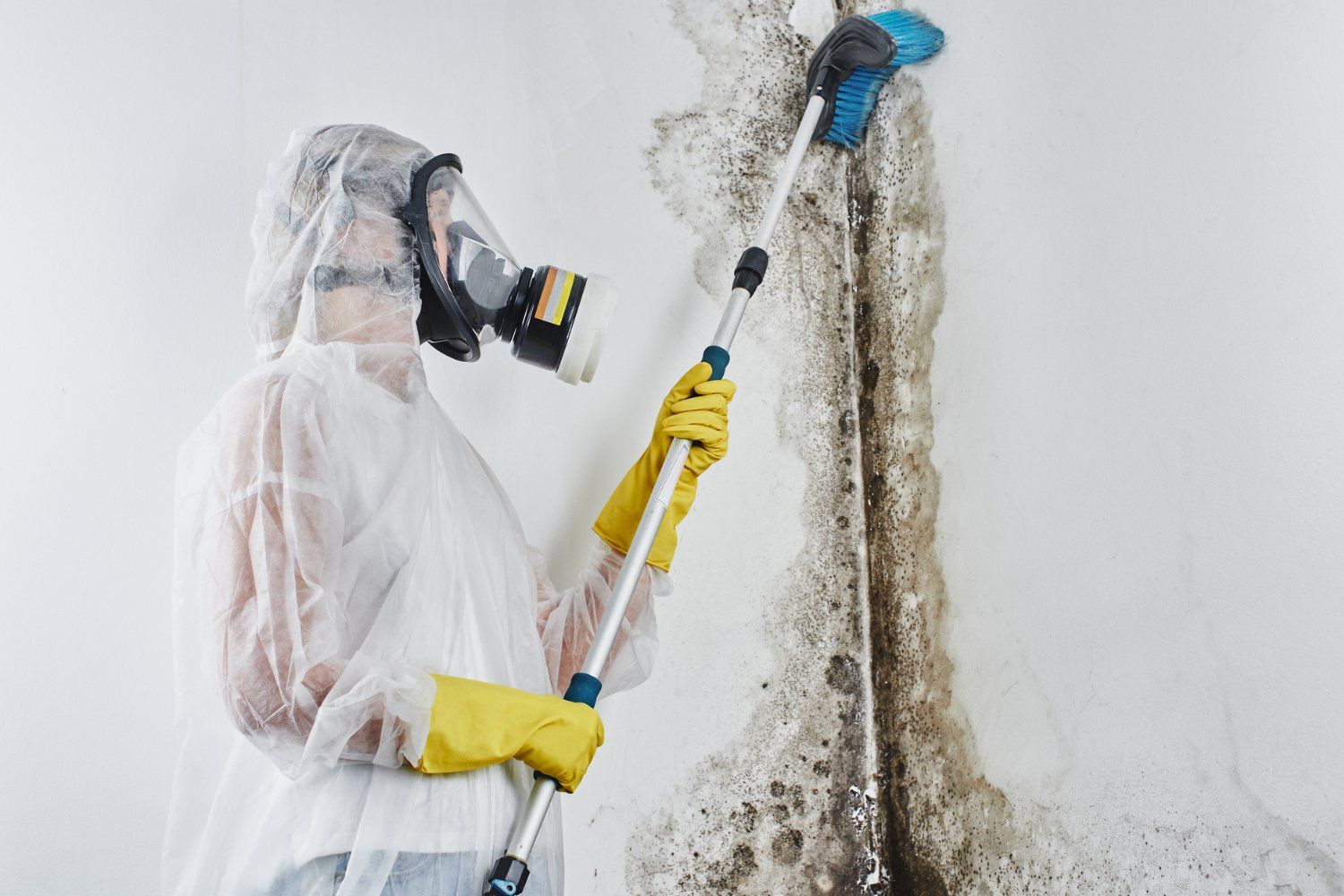
10 Common Causes Of Mold In Homes
October 19, 2021
Many homeowners simply ignore warning signs of mold in their home. They believe that it's just an easy fix and that they can clean it up themselves. However, what many homeowners don't know is that there are common causes of mold in homes that can be difficult to address without professional help. Contacting a professional mold remediation company such as DRYOUTpro PLUS, INC. as soon as possible is the best course of action. The longer you wait, the more dangerous it can become for anyone exposed to it. Also, if you don't remove all traces of mold from your home, it can return. In this article, we will discuss the common causes of mold in homes and how to identify it.
Common Causes of Mold in Your Home
Mold may grow almost everywhere, although it is most often seen in bathrooms, kitchens, basements, cabinets, and near pipes or ducting. It just requires a few elements to develop and spread throughout your home, the most important of which is moisture.
Mold behind drywall is one of the most prevalent household issue locations because drywall, wood, and cotton are all excellent feeding sources. Ceiling mold is also quite frequent as a result of a lack of ventilation and moisture accumulation.
Mold will develop and spread if the temperature is suitable, there is a moisture supply, and there is adequate oxygen.
The following are ten of the most common causes of mold in your home:
- Persistent Humidity: Mold may be an issue if you reside in an area where humidity is constantly high. Because of the high moisture content in the air, this is only normal. This mold will most likely develop on walls, ceilings, dark closets, under the kitchen sink, and other surfaces. Mold produced by humidity is very frequent if you live near the ocean or a major body of water, and it can be exacerbated by a lack of ventilation. Moisture buildup in the air indoors may significantly boost mold growth, so make sure to properly ventilate your home, especially during the warmer months.
- Leaking Pipes in the Home: One of the most common causes of mold behind drywall and in under-sink cabinets is this. As a leak might be coming from the geyser or piping in your roof, leaking pipes can also lead to ceiling and wall mold. If you find mold growth in any of these places, the obvious next step is to inspect your plumbing for leaks!
- A Leaking Roof:
A partially damaged roof caused by wear and tear or harsh weather conditions is also one of the causes of mold growth in your house. A slow leak may accumulate a large amount of moisture in your ceiling or attic over time. This can eventually lead to mold growing on walls and ceiling planks. To avoid a mold problem in your house, inspect your attic or the tiles and facades of your ceiling for damage and probable leaks.
- A Build-Up of Condensation: Due to temperature changes, certain houses may experience a buildup of condensation on chilly surfaces throughout the winter. Metal pipes, concrete surfaces, floor tiles, and even brick walls are examples of cold surfaces. If you find that condensation is a serious issue in your house, be sure to adequately air each area in order to eliminate the moisture. Otherwise, these condensation pockets are ideal breeding grounds for mold spores and also one of the causes of mold development.
- Poor Ventilation in Your Home: As previously stated, a poorly ventilated home is also one of the causes of mold and the propagation of mold spores. The stagnant air in your house is one of the greatest conditions for mold growth. So make it a point to get rid of it on a daily basis! Humidity is generated in your house by steam from appliances, cooking, and bathing, leaving surfaces wet and sticky. Remove the moisture from your home, and you will eliminate the possibility of mold formation.
- Wet and Damp Clothing: Consider this, you've just finished a load of laundry, removed it from the washer, and placed it aside to hang up later. But you forget, and the moist garment sits for at least a day. Mold may develop and spread in as little as 24 hours, believe it or not. Wet or damp garments lying about your house throughout the warm months of spring and summer can substantially be one of the causes of mold problems. So remember to do your laundry as soon as possible!
- Home Flooding: Mold development is unfortunately one of the realities you will confront after experiencing the drama of home flooding. After a flood, it can take days, if not weeks, for your house to dry out entirely, creating an ideal habitat for mold to thrive. Worryingly, this climate can also promote the growth of Stachybotrys chartarum, a deadly, poisonous mold. After your house has completely dried out, you will need to call in a mold cleanup professional for mold tests and a comprehensive inspection.
- A Damp Basement: Because they are below ground level, basements are naturally subjected to greater levels of dampness. They are also more likely to have higher humidity levels due to a lack of ventilation or poor air circulation. As a result, the combination of wetness and increased humidity is also one of the causes of mold development. Water leaks from the above-mentioned property may potentially gather in your basement. This is why, in order to avoid a deadly mold outbreak, you need to keep your basement in good condition.
- Foundation Dampness: If your yard's slope has been groomed in such a manner that water does not drain away from your house, you may have a mold problem on your hands. Rainwater and garden moisture can gently seep and collect around your home's foundations, contributing to mold development on walls. A landscaping professional may assist you in modifying your yard's slope. Drains, on the other hand, can be dug to divert water away from your foundations.
- A Leaking Air-Conditioning System: Most homes in the United States have an air conditioning system, which is one of the causes of mold known as Mucor. This is an allergic mold that quickly develops into thick, white patches beneath leaking air conditioning systems or as a result of moisture buildup. Check the pipes, ductwork, and filters of your air conditioner to verify there are no leaks or moisture buildup.
Looking for A Mold Remediation Company Serving Florida?
Contact DRYOUTpro PLUS, INC. at (772) 288-4222 today for 24 hour water cleanup, fire damage restoration, or mold remediation along with any of our other services or get an instant quote from our website. Our mold remediation company will get to you and remove the causes of mold in your home or business in 30 to 60 minutes.
Learn More About 10 Mold Prevention Techniques for Your Property

